A canary is an undemanding little charmer that is usually a beginner's cana bird. This small finch has the power to turn most people into lifelong canary enthusiasts. It is a pleasant companion bird with a cheerful disposition. It communicates its content with a melodious song that is soft and pleasant. The canary has been carefully bred to be available in a variety of colors, sizes, and singing varieties. Canaries are inexpensive birds that you can get at just about any pet store.
Species Overview
Common Names: Canary, domestic canary
Scientific Name: Serinus canaria domestica
Adult Size: 4 3/4 to 8 inches, weighing less than 1 ounce
Life Expectancy: 5 to 15 years
Origin and History
The wild canary is a small finch that is native to the Macaronesian islands of the Azores, Madeira, and the Canary Islands. Bred in captivity since the 17th century, the bird arrived in Europe by way of Spanish sailors after the conquest of the Macaronesian islands. The canaries sold in pet stores are now genetically quite different from their wild canary ancestors.
Canaries readily breed with other species of finches. This hybridization yields unique canaries. For example, red canaries resulted from the breeding of domestic canaries with red siskins, a South American finch.
Temperament
Canaries enjoy being around people but do not appreciate heavy handling in the way that budgies and parrots do. Canaries are intelligent birds. Many owners can train their canary to sit on their hand, move to a perch, or direct the bird to fly around the room. Young birds are easier to train, but you can tame and train most canaries with enough patience and consistent practice.
The canary is a relatively solitary bird; it will not get lonely if housed alone in a cage. It can also coexist in an aviary environment with other small birds. They only no-no is housing two male canaries together in a single cage, as they will likely fight.
Speech and Vocalizations
The song canary is one of the most popular kinds of canary. Song canaries, specifically males, are bred to sing. The most popular types are the Waterslager, the German Roller, the Russian Singer, the Spanish Timbrado, and the American Singer. Female canaries vocalize mostly with chirps, while males can develop elaborate songs. Canaries do not sing at all during their molting period.
Canary Colors and Markings
The wild canary is greenish yellow over most of its body with yellow underparts. Due to the selective breeding of the domestic canary, canaries come in an array of bright colors, including orange, white, red, and yellow. Yellow is the most common color for the domestic canary.
Caring for the Canary
A single canary needs a cage that is at least 20 inches wide and 24 inches long. These birds like to fly about, so if possible, give them a cage that is longer than it is wide to provide the flying space they desire. A pet canary should never have its wings clipped; it needs to fly for exercise. Cage bars should be spaced relatively close together (no more than 1/2 inch wide) to prevent the bird from getting its head caught between the bars. Wire cages are easier to clean than wood cages.
Wood perches of varying diameters (3/8 to 3/4 inch) should be placed around the cage to provide places for your canary to rest and exercise its feet. Whittle notches into the smooth round perches with a saw blade or utility knife to make the perch surface slightly irregular. These notches make the poles easier to grip. Perch variety helps keep your bird's feet limber. Refrain from using sandpaper perch covers. They can cause harm to your canary's feet.
Canaries are hardy birds that can be kept at room temperature, but keep the cage away from drafts, air conditioners, and windows that receive direct sunlight (the canary can get overheated). If you notice a canary's mouth agape and its wings held away from their body, that is a sign it is hot. If you see that the bird is puffed up a lot, that can be a sign it is too cold.
Provide a shallow dish of water or a special bath bought at a pet store at least three or four times a week for the bird to soak in or flit around in the water.
Cover the cage at night. Canaries need their rest and will do best if given a light/dark cycle that approximates natural conditions. It is not healthy to keep canaries up late at night with artificial light, which can stress them out.
Common Health Problems
Rare health issues that affect canaries are usually due to poor diet, a dirty cage, or drafts. Ill birds can lose weight and die very quickly, so get help from an avian veterinarian immediately if the bird develops baldness, scaly legs, diarrhea, constipation, or lethargy. Canaries are sensitive to air quality, so do not smoke around them or keep them in rooms where there are cooking vapors or fumes from solvents.
Canaries are susceptible to certain viruses, fungi, and bacteria. They can get several treatable bacterial yeast infections like avian gastric yeast infection, candidiasis, and chlamydia. Other bacterial infections that can affect canaries are bumblefoot, which causes foot swelling and lesions; mycoplasma, a treatable condition that causes eye and nasal discharge; and tuberculosis, a non-treatable, fatal respiratory disease.
The viruses that will kill canaries include the avian pox and the polyomavirus. Aspergillus is usually a fatal fungal infection, but in some cases, it may respond to antifungal treatment.
Diet and Nutrition
In the wild, canaries forage for seeds supplemented with an occasional insect.
Feed domestic canaries a good quality seed mixture (coated with vitamins) that is explicitly designed for canaries. Remove the seed hulls of the eaten seeds that litter the top layer of bird feeder daily; your canary needs easy access to its food. You can offer a canary pellet food as well, but it is not as palatable as seeds. Leave a dish of pellets in the cage along with a dish of seeds as food options.
Offer your canary daily supplements of vegetable greens such as kale, broccoli, dandelions, spinach, celery, peas, and watercress and small amounts of apples, oranges, grapes, bananas, or melons. Provide bits of a hard-boiled egg as a protein supplement.
Your canary must have fresh water at all times.
Exercise
Canaries need to move around. Minimize the clutter in its cage to give it space to move about from perch to perch. Unlike parrots that require a lot of enrichment materials, a canary is fine with just a single toy, mirror, or branch in its cage. If your bird uses the birdbath, that splashing about counts as exercise. Offer a swing, bells, or hanging wooden or acrylic toys as a special treat.
Once the bird is accustomed to you, allow the bird out once a day to fly about the room. It only needs about an hour of flight time. Fully supervise its outside cage time. Keep all windows closed, turn off ceiling fans, and keep other pets out of the room.
Inexpensive, good beginner bird
Melodious songster
Can be trained to fly to you
Not naturally a hands-on bird
One of the least needy of pet birds
Small-sized, needs smaller cage
Where to Adopt or Buy a Canary
Most pet stores sell canaries, but if you are looking for a unique variety, you may need to seek out a breeder. It is worth contacting rescue organizations and adoption societies to see if canaries are available, although it's rare to find this easy-to-care-for bird up for adoption. The average price range for a canary can run $25 to $200, depending on the variety. To find canaries online, look at Adopt a Pet, Petfinder, and Bird Breeders.
If you're going the breeder route, make sure that the breeder is reputable by asking them how long they've been breeding and working with the species you're interested in and take a tour of the facility.
More Pet Bird Species and Further Research
If you’re interested in similar species, check out:
- Zebra Finch Species Profile
- Gouldian Finch Species Profile
Otherwise, check out all of our other small pet bird species.
Related Article
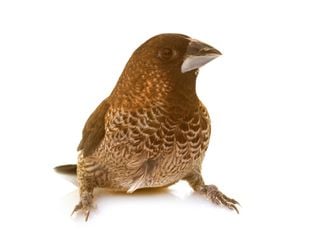
Society Finch: Bird Species Profile
Society finches are not the kind of bird that one would choose if they want an avian friend that ta
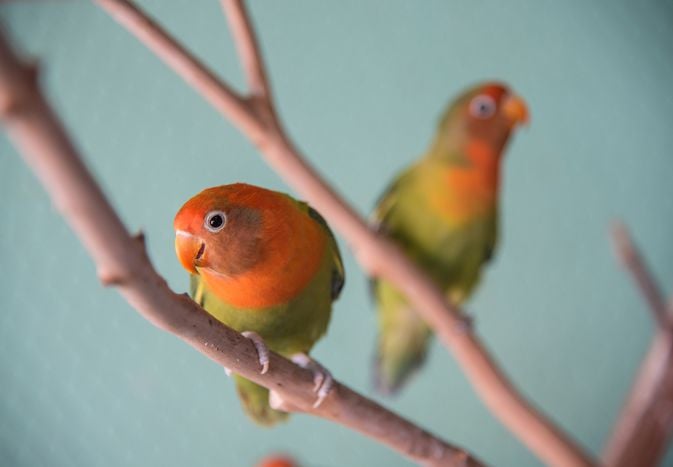
Lovebird (Pocket Parrot) Species Profile
Lovebirds are a favorite among pet birds, often called "pocket parrots," and are among the most col
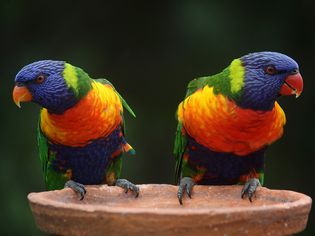
Rainbow Lorikeets: Species Characteristics & Care
Sweet-natured, vibrantly brilliant rainbow lorikeets are long-lived, medium-sized parrots that grow
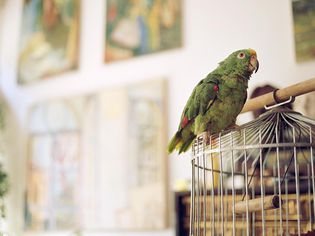
Signs That Your Bird Is Depressed
Not only are birds capable of becoming depressed, but prolonged depression can lead to self-destruc
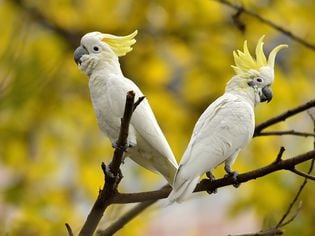
8 Popular Large Birds to Keep as Pets
Birds of all types and sizes are certainly captivating creatures, but some of the most impressive o
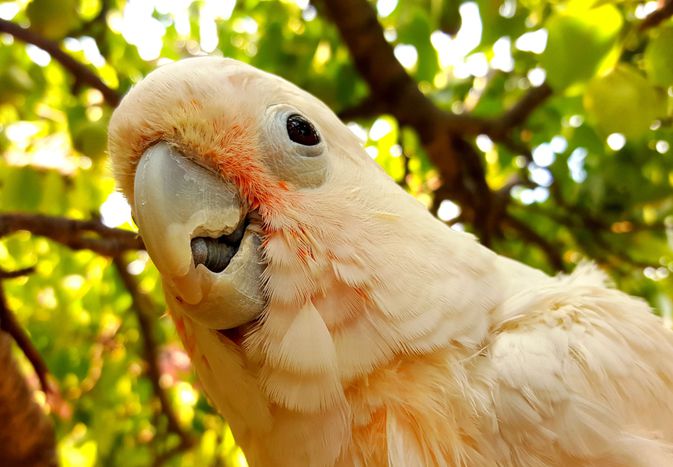
Top 10 Trainable Pet Birds
Birds are highly intelligent animals and some species are known to be particularly trainable. Many
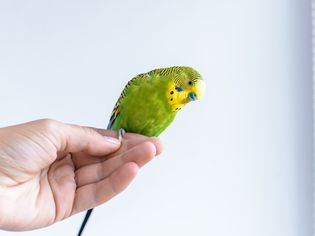
How to Hold a Bird Safely
As with most things, there are right ways and wrong ways to hold a pet bird. Birds are rather fragi

What Are Pinfeathers on Birds?
The term pinfeather describes the newly grown feathers found on a bird that is going through a molt
About WhiskerClub
We are a premier digital platform committed to delivering high-quality content to our readers. Our mission is to provide accurate, reliable, and engaging information that adds value to our audience's daily lives.
Our team consists of experienced content creators and subject matter experts who uphold the highest standards of professionalism. In an era of information overload, we curate content with care, ensuring our users receive only the most relevant and trustworthy information.
Beyond just reporting facts, we focus on depth and context. Through expert analysis, comprehensive research, and clear presentation, we help our audience gain meaningful insights and make informed decisions.
We take pride in being a trusted information source for our growing community of readers. Our user-first approach means we continuously adapt to provide content that meets our audience's evolving needs and interests.
Innovation and excellence drive everything we do. We're committed to improving our platform and services to deliver the best possible experience for our users.

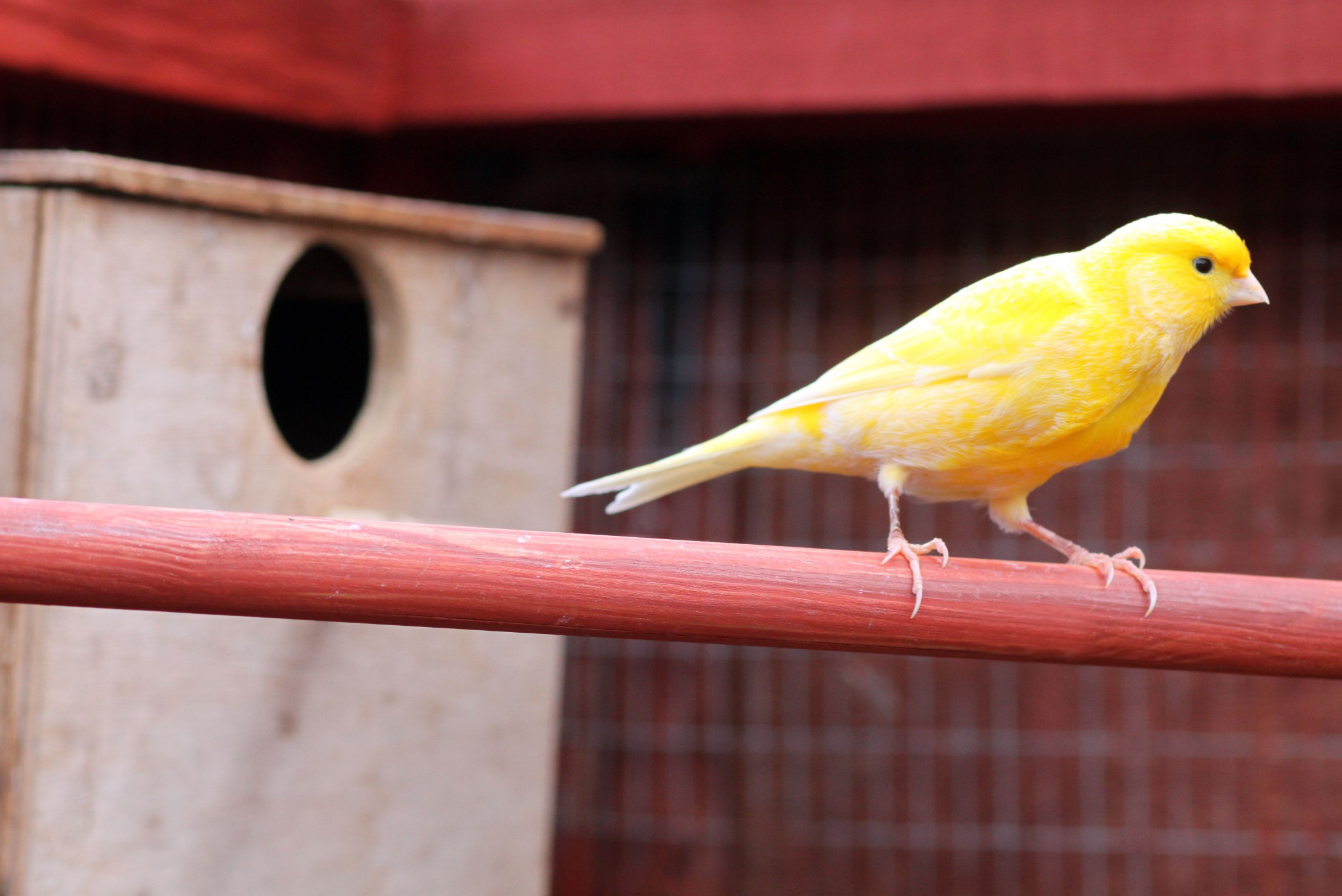
Comments on " Canary: Bird Species Profile" :